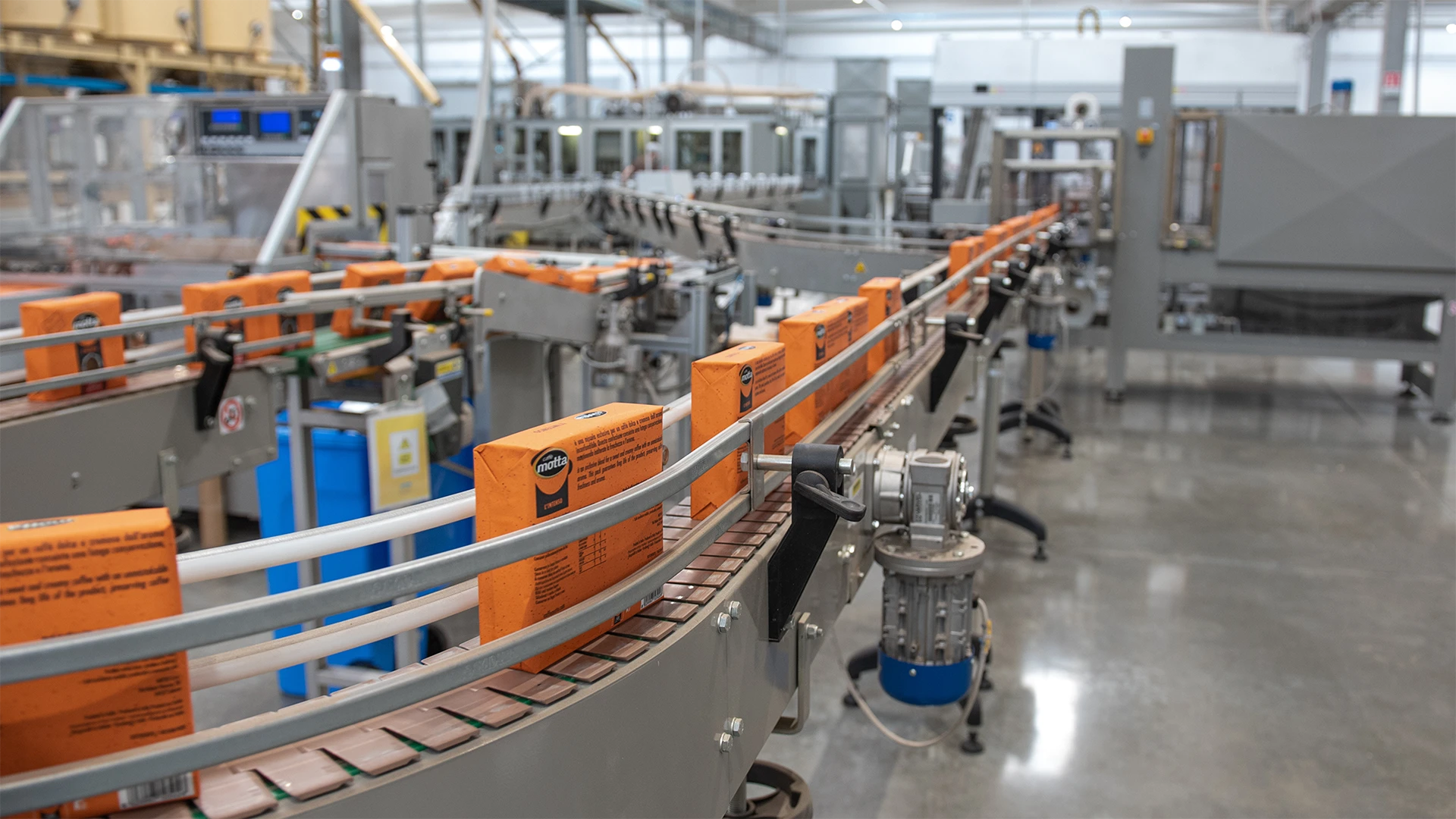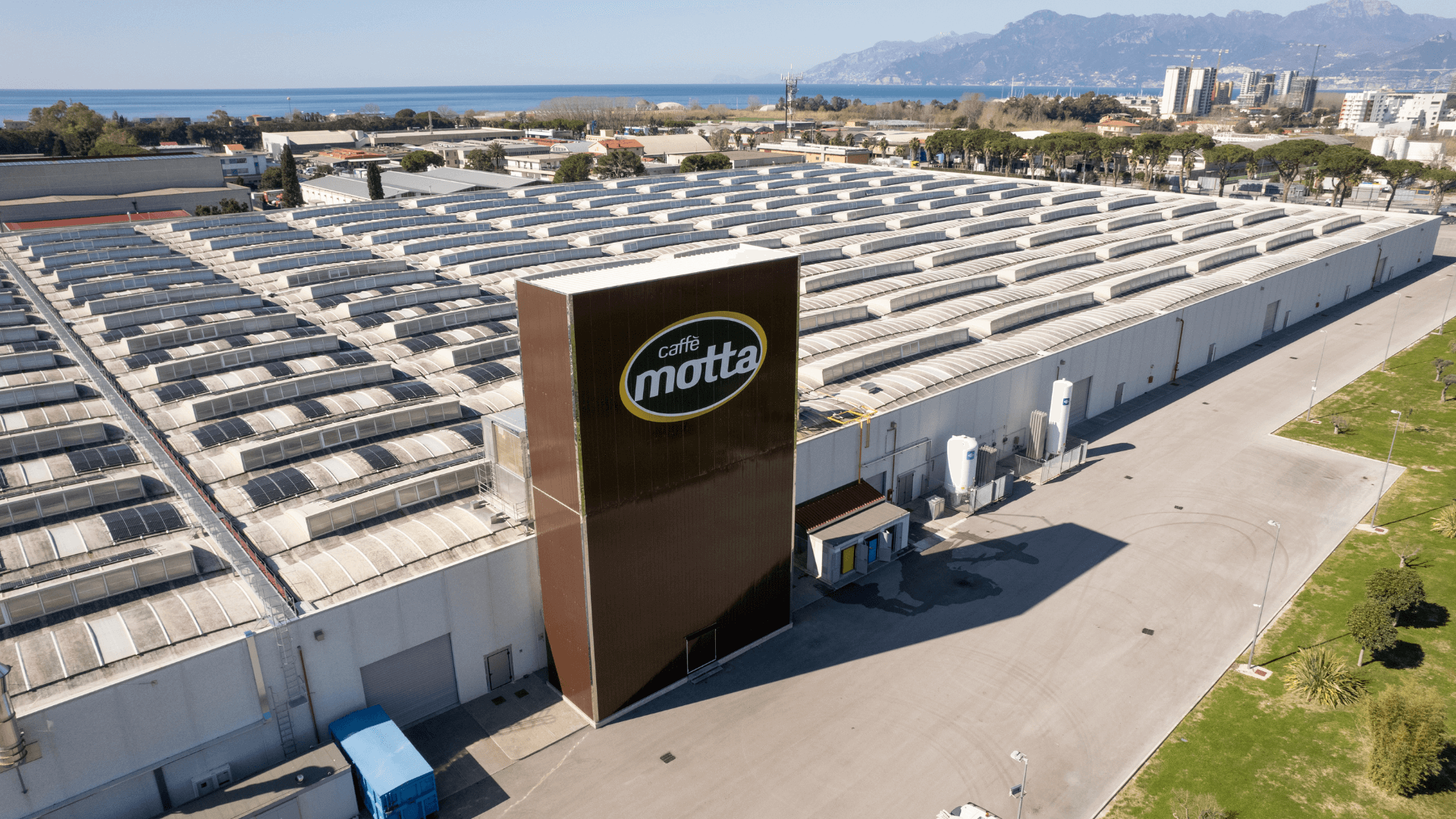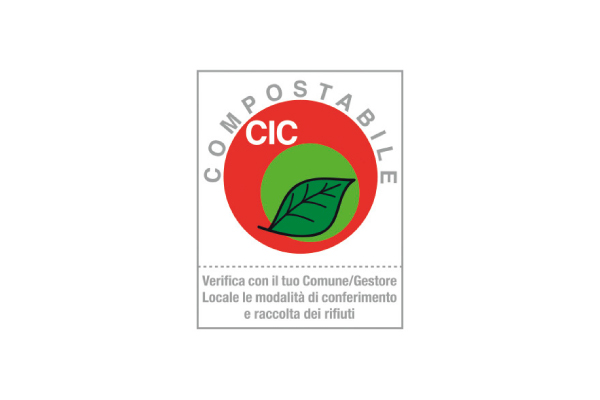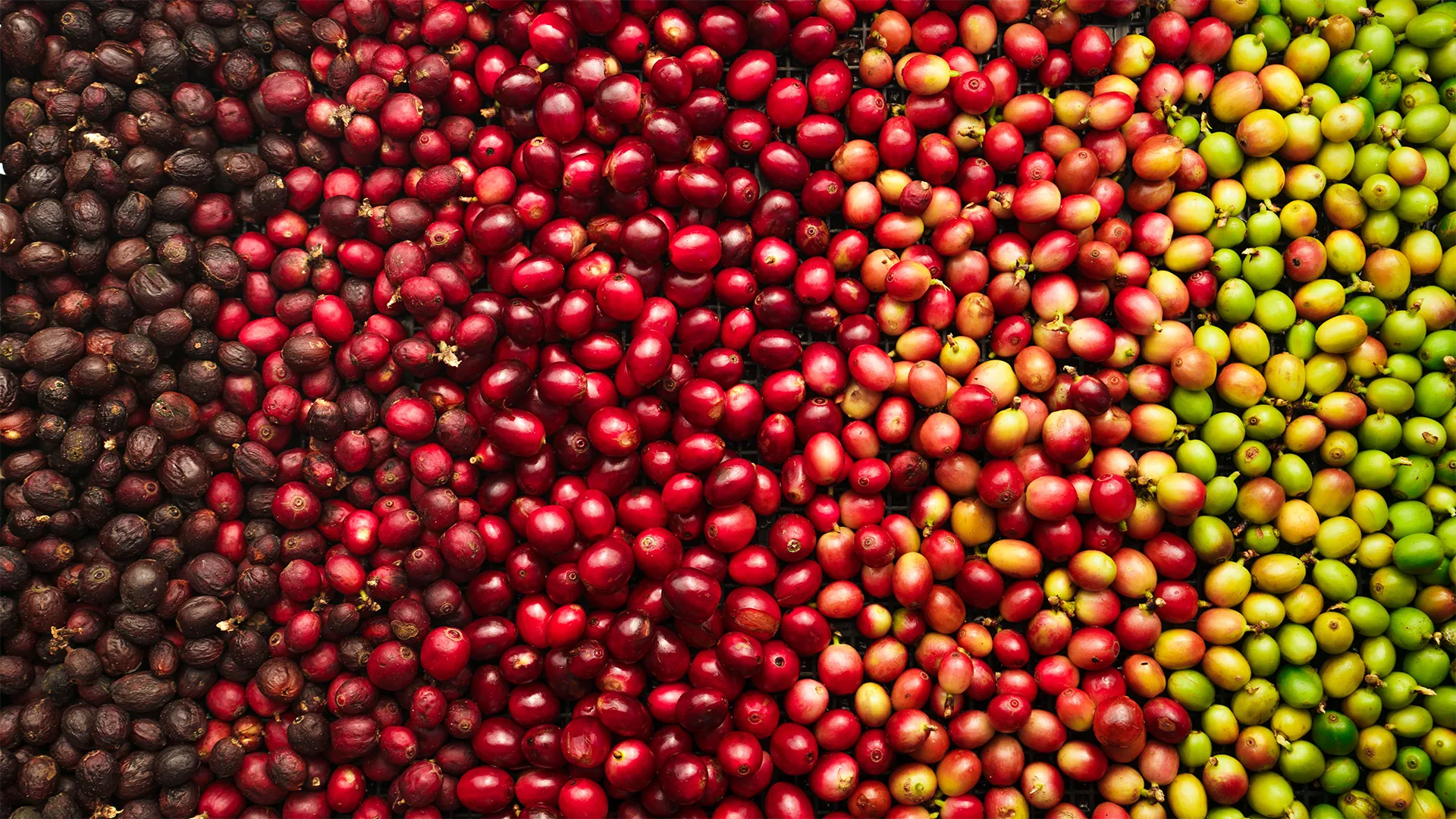
QUALITY BEGINS
AT THE SOURCE
Quality control starts well before the beans arrive at our facility. We select only green coffee from traceable supply chains and ensure that every supplier complies with international standards.
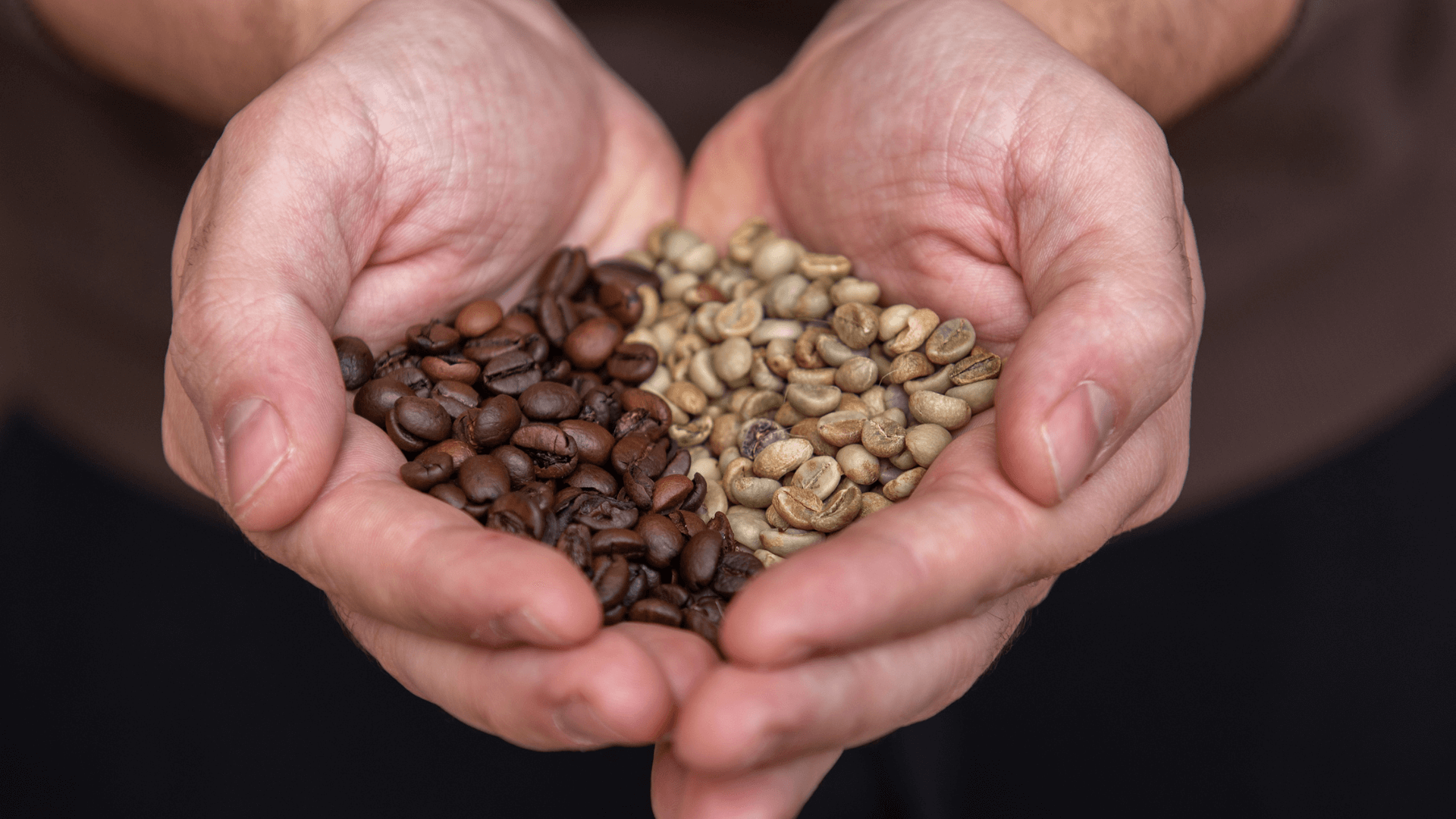
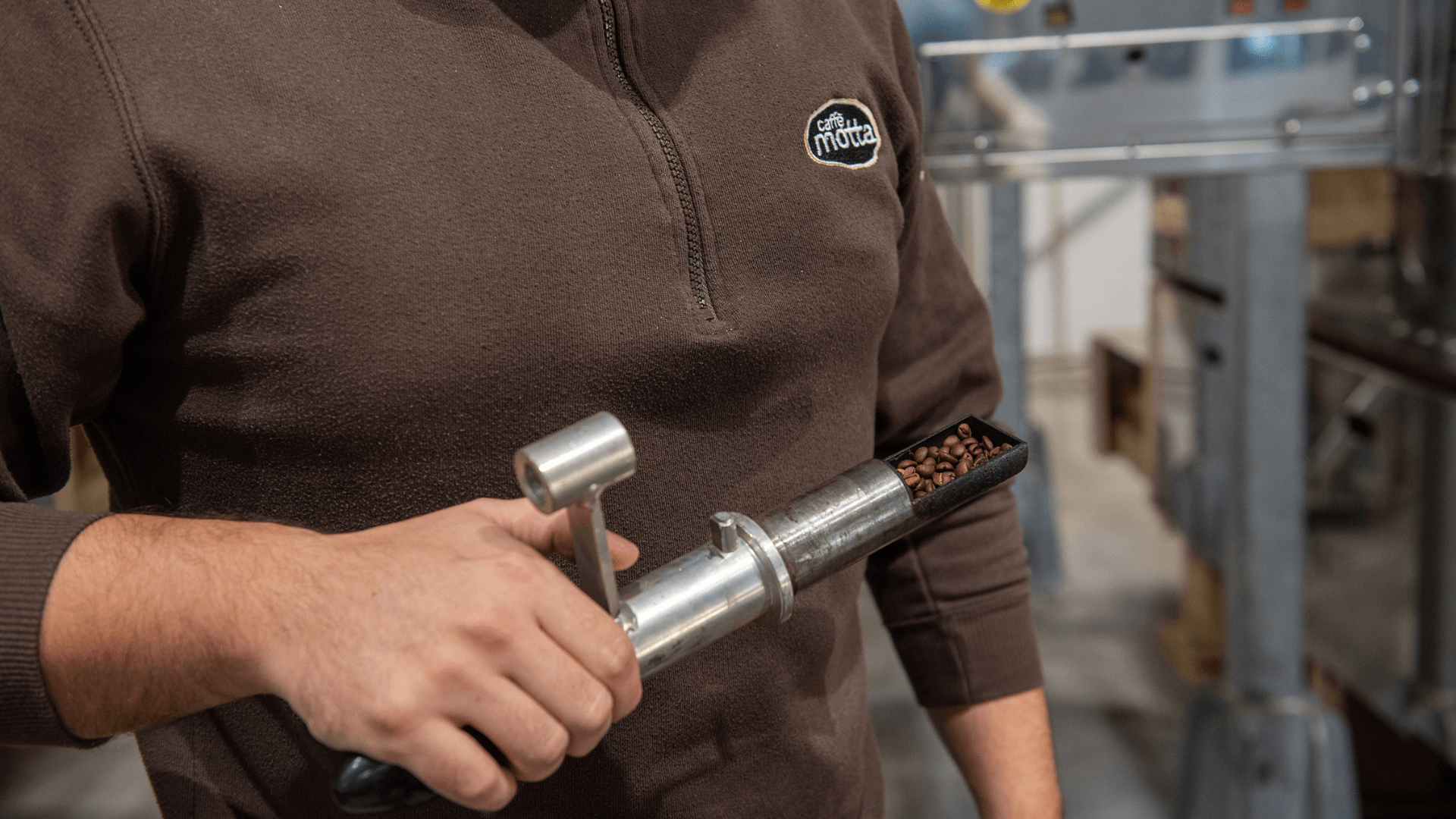
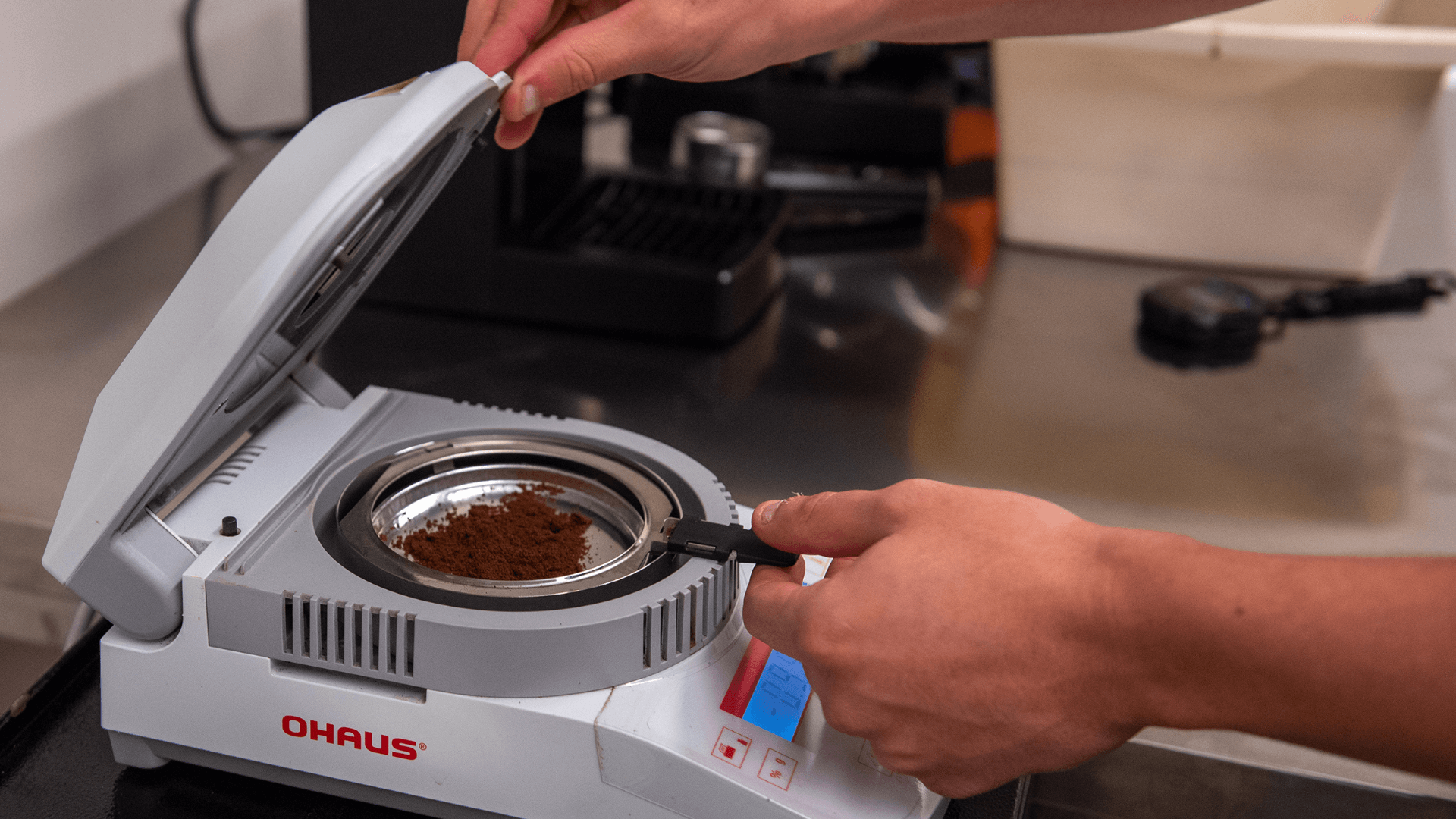
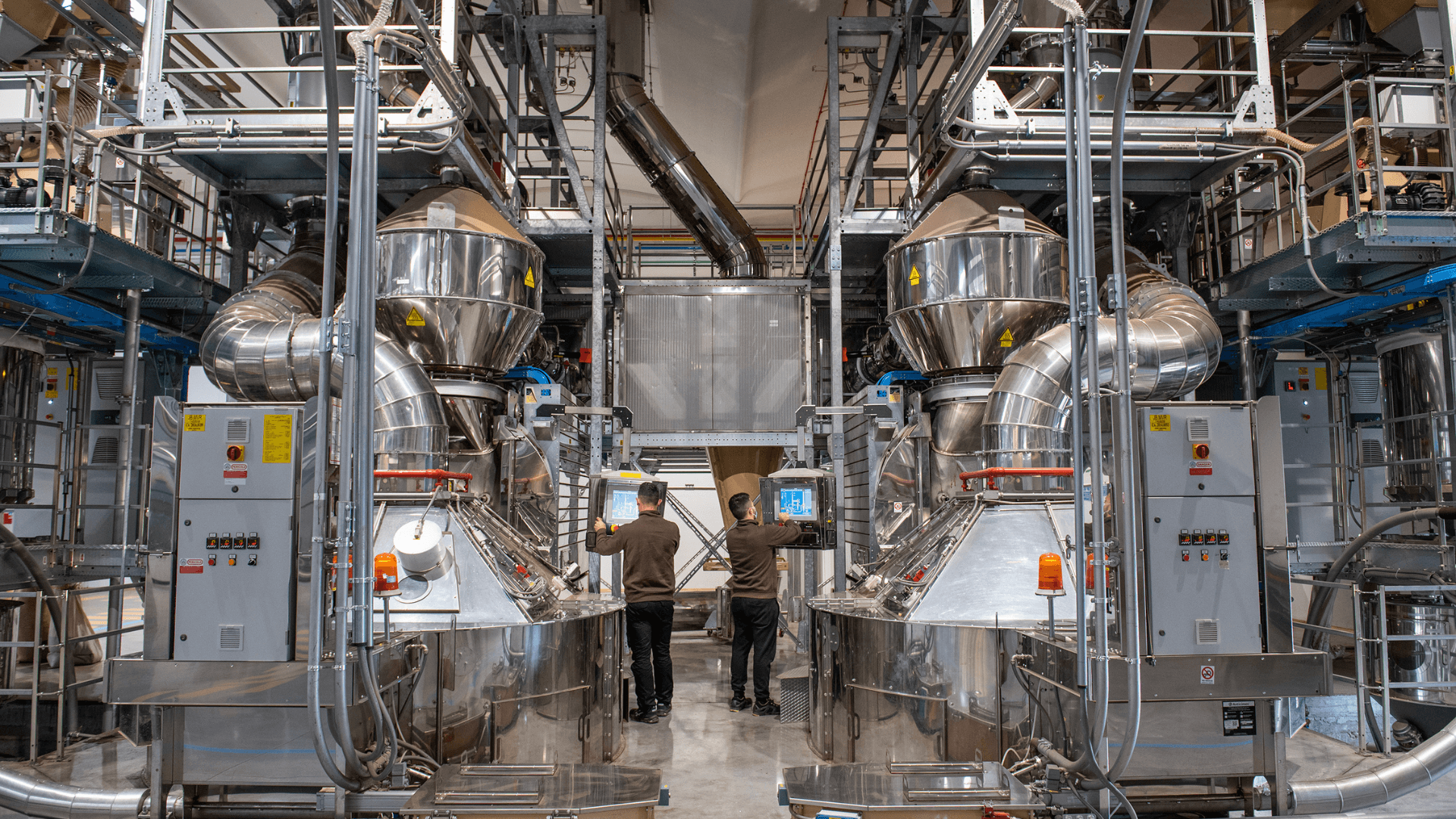
STRICT CONTROLS
AT EVERY STAGE
Our quality department carries out daily checks throughout the entire production process:
- Visual and particle size inspection of green coffee
- Sensory and physico-chemical analysis after roasting
- Checks on moisture, color, and bean density
- Microbiological tests on the finished product
- Inspections of packaging and seal integrity
Each sample is recorded and digitally tracked to ensure maximum transparency.


THE WATCHWORD:
QUALITY!
Nothing leaves our facility without passing the cup test. Only the batches that meet our strict organoleptic standards are approved for commercialization.
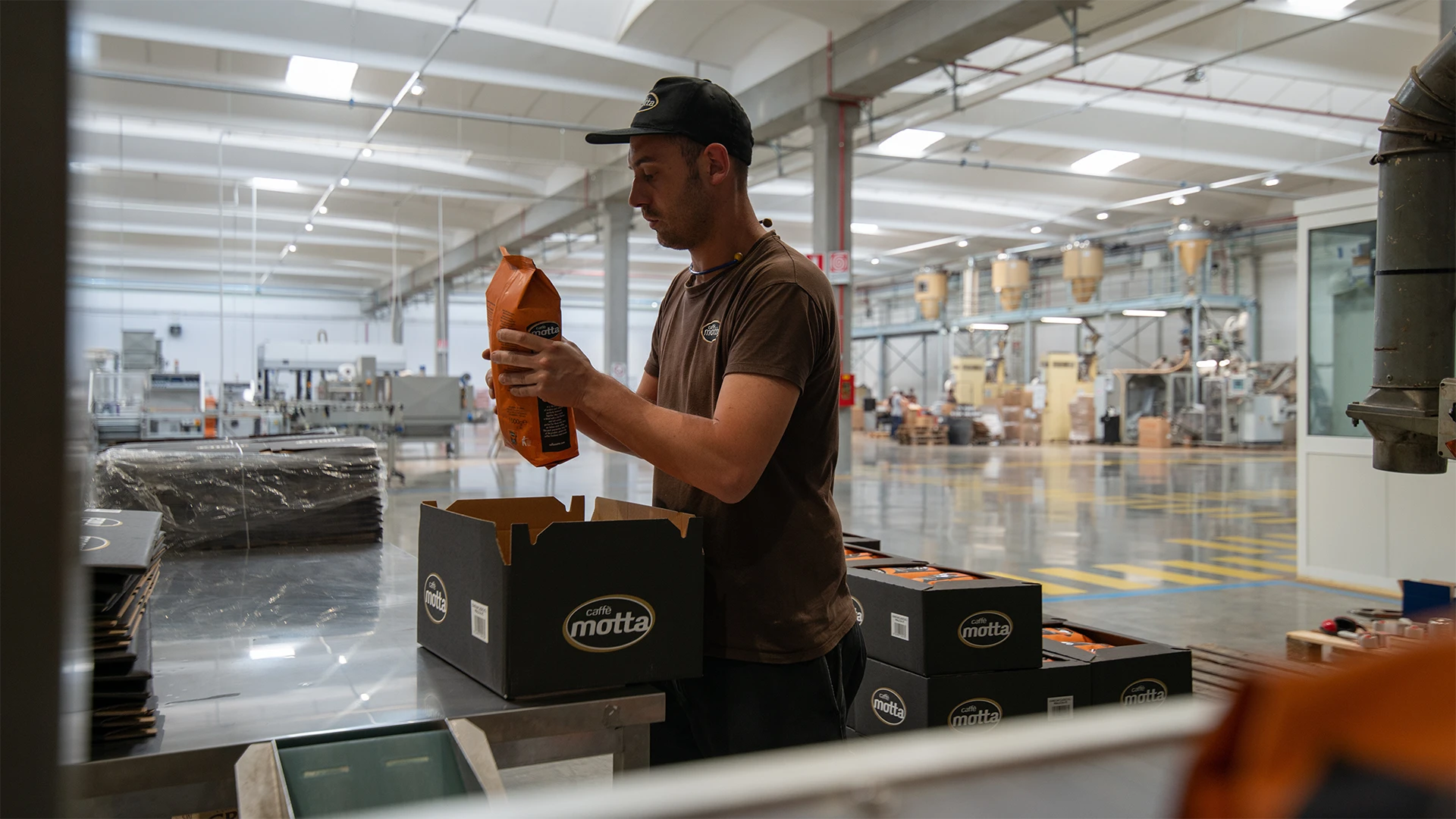
Sustainability is a core value for Caffè Motta, which adopts eco-friendly practices such as the use of compostable pods and recyclable packaging, contributing to environmental protection.With a strong presence in large-scale retail and the Ho.Re.Ca. sector, Caffè Motta continues to represent the excellence of Italian coffee, keeping tradition and innovation alive.
